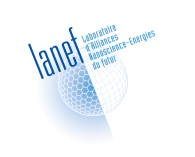Fundamental science in physics, materials science and electrical engineering with a sensitivity towards technological developments constitutes an internationally recognized constant strength of the Grenoble community. In addition, it benefits from the Grenoble environment which is particularly suitable to establish links with R&D labs and industry. Grenoble is one of the few places worldwide which combines an expertise in basic cross-disciplinary research, integrated in a larger campus for research and innovation, hosting large-scale European facilities (synchrotron, neutrons, high magnetic fields).
LANEF involves four institutions (UGA, CNRS, CEA, Grenoble-INP) and associates ten fundamental research labs engaged in forefront basic research with an emphasis on physics – condensed matter and nanosciences – and electrical engineering, and supportive of the creation of intellectual property. These are PHELIQS focused on basic research in condensed matter physics and nanosciences, SPINTEC focused on spintronics, Grenoble Electrical Engineering Lab (G2ELab), with a strong focus on electrical energy, Modeling and Exploration of Materials laboratory (MEM), Low Temperature Department (DSBT) focus on cryotechnology, Grenoble High Magnetic Field Lab (LNCMI), which has also a national and European mission for the production and use of high fields, Laboratoire de Physique et Modélisation des Milieux Condensés (LPMMC) dedicated to condensed matter theory, two labs with interdisciplinary strategy between physics, chemistry and biolology/health, Molecular Systems and nanoMaterials for Energy and Health (SYMMES) and Laboratoire Interdisciplinaire de Physique (LiPhy) and finally Institut NEEL with a wide field of research in condensed matter and nanosciences (theory and experiment).
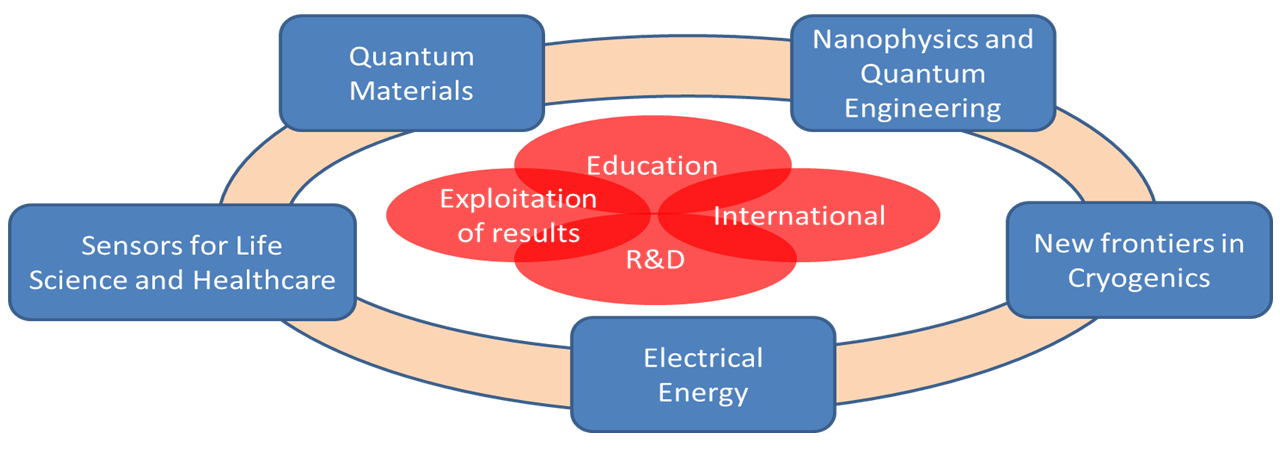
Figure: Structuration in five scientific and societal challenges
It is a long tradition and a strength of Grenoble to address together scientific and societal challenges. With this strategy in mind, the new LANEF project proposed in 2018 five challenges which underpin the LANEF project:
Each of these challenges addresses, to various degrees, the idea to go “from scientific to societal objectives”. To successfully enforce this strategy, LANEF uses its tools to improve scientific quality, strengthen the links with R&D and industry and spread innovation.

The nanoscience and quantum science and technology development in Grenoble began with condensed matter research. This was initiated in the 80/90s by the developments of mesoscopic physics but also thanks to the new challenges of the microelectronic industry; since the 2000’ novel challenges such as energy, health and quantum information contributed to its growth. All through these changes, Grenoble Institutions have accompanied researchers by structuring their scientific environment: the Institute of Physics of Condensed Matter (IPMC) in the 90’, the Institute for Nanosciences in the late 90’s, the Nanoscience Foundation in the mid-2000’s and the Laboratoire d’Excellence (LabEx) LANEF since 2011. In 2015, under the aegis of LANEF, an important acceleration of the structuring of quantum science and technology community has taken place. Four “Quantum Engineering Grenoble” programs were successfully funded: the EU-MSCA-COFUND “GREQUE” (2017-2022) and “QUANG” (2022-2027) projects, the UGA-Cross Disciplinary Project “QuEnG” (2017-2022), followed by the UGA-Cross Disciplinary Tools “TiQua” (2022-2025) which supports interdisciplinary projects at the interface between humanities and physics, mathematics and computer science.
In addition, the QuantAlps Federation was created in January 2022. It is an inclusive federative structure stimulating the emergence of multi-disciplinary and multi-sectoral communities based on internationally recognized expertise. QuantAlps aims in the short term to reinforce Grenoble’s role as a major player in quantum technologies at the global level, and in the long term, to function as an innovative ecosystem for quantum sciences. It gathers 18 laboratories of the UGA and involves three additional institutions (CNRS, CEA and Inria).
Through various actions, LANEF, as a trans-laboratory entity, effectively structures a large community of physicists around its five scientific and societal challenges. Its objective is to create and energize synergies between the research teams of the various laboratories, to strengthen education through research, to stimulate links with R&D partners and industries, and to structure international collaborations.

We detail here only some of the actions funded by LANEF since 2020, which correspond to projects which are still active in 2023. The main scientific achievements have been obtained through three specific calls:

The LANEF finances scientific animations around the five challenges. Three seminars on Quantum Nano-Electronics, Quantum Materials and Theory take place regularly. These seminars are a good opportunity to gather the respective communities belonging to the different laboratories. A LANEF PhD Day is scheduled every year and gives the opportunity to LANEF funded PhD students to present their projects and to encourage networking. In addition, thematic days and visits of the different laboratories have been organized around the challenges New Frontiers of Cryogenics, Quantum Engineering and Sensors of Life Science and Healthcare to bring the community together or to go into greater depth on specific topics. In order to increase Grenoble visibility, workshops and conferences chaired by members of the LANEF community have also been funded. Finally, specific actions are developed to strengthen links between fundamental research and private companies. Visits, meetings and seminars to and from industry were organized and shared inside the LANEF labs. Contacts have been already established with STMicroelectronics, Air Liquide, Radiall and Thales.
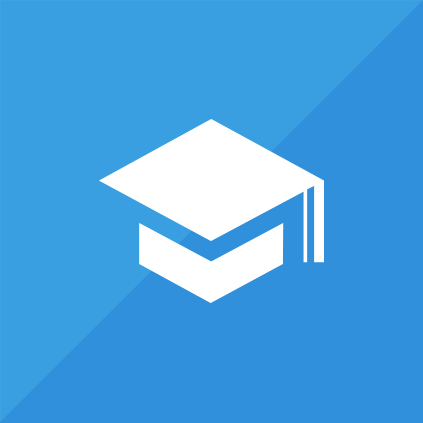
Together with offering support to research labs, the LANEF has also made an important effort towards the education of students.
Education through research has been a major central action of LANEF with 30 PhD students and postdoc fellows funded or co-funded since 2020. The students are given the opportunity to learn cutting edge techniques over broad experimental fields (optics, cryogenics, nanofabrication, microwave, large scale instruments, very low noise measurements, …) as well as in theoretical modeling, computational physics, applied mathematics and computer science.
International schools received funding from the Labex LANEF such as ESONN, the Les Houches pre-doctoral school “Frontiers of Quantum Matter”, European School of Magnetism, and CryoCourse.
Advanced practicals in laboratories have been developed thanks to the work of an engineer hired by the LabEx LANEF (2 years contract, starting 2016), to equipment funding and to the involvement of technical staff, scientists and academics. More than 20 staff from CNRS and UGA have contributed to the development of the set-ups and the supervision of the students. About 130 Master students per year were given the opportunity to access “state-of the-art” experiments. The sessions were open to small groups of students (generally 4) for a total of more than 300 teaching hours. This platform is now recognized and co-funded by the Education and Research Unit (UFR) PhITEM of the UGA.
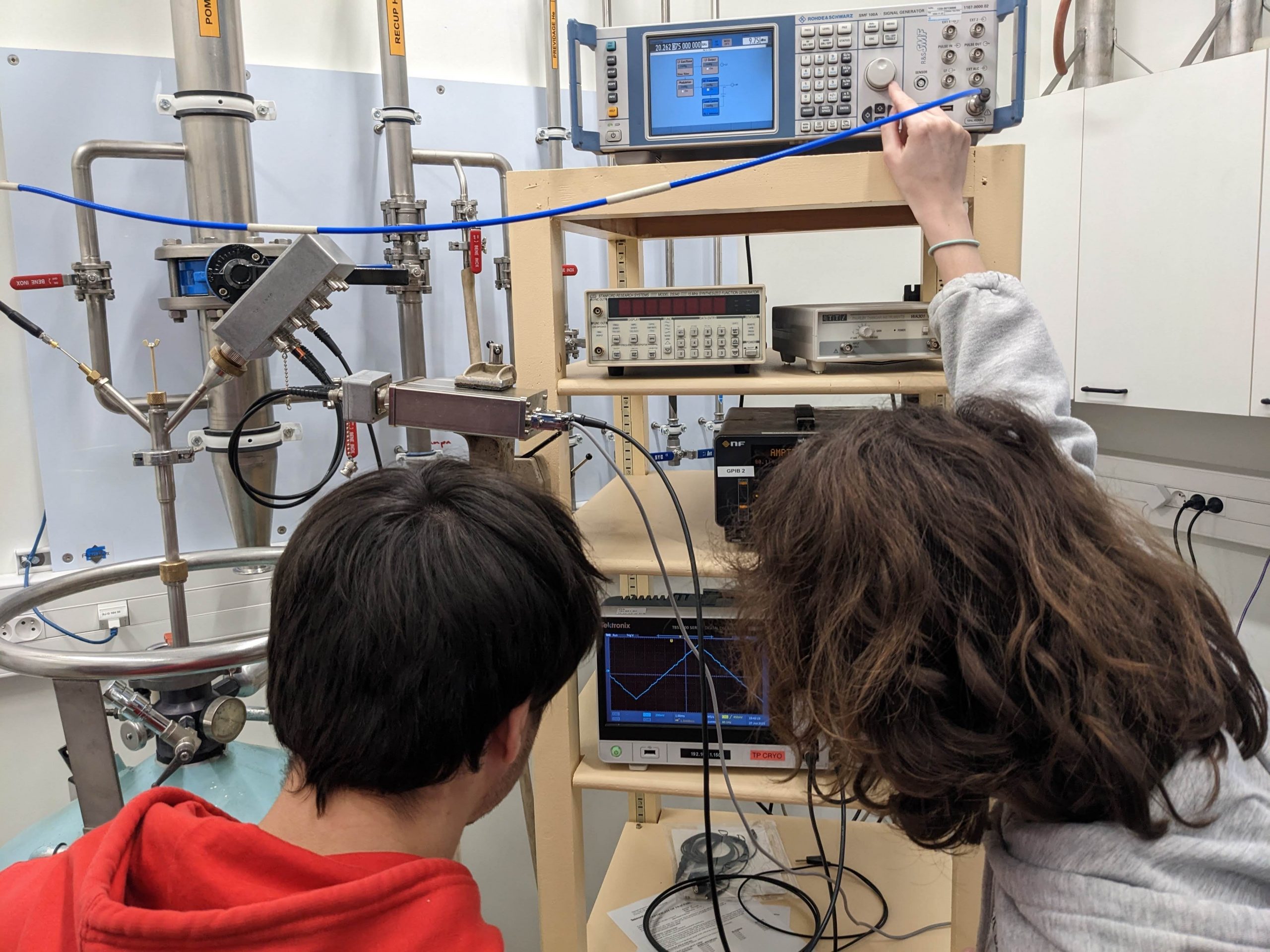
Figure 2: Practicals in labs showing quantum voltage steps in a current biased Josephson junction.

One success in the LANF international actions was to share the international networks of some scientists with the LANEF community. This was particularly the case for the collaborations with Tsukuba, led initially by Etienne Gheeraert, which was then extended to various other collaborators in Grenoble. An International Research Laboratory between Grenoble and Tsukuba University has been created in 2020. The relations with Karlsruhe Institute of Technology (KIT) were intensified in 2017, with two workshops successively in Grenoble and in Karlsruhe leading in 2018 to the creation of an International Lab (LIA) between CNRS and KIT, led by Serge Florens and Pierre Rodière and now by Marie-Aude Méasson. An interaction with the Centre for Quantum Technology of National University of Singapore (CQT-NTU), led by Alexia Auffèves, was initiated with the co-organization of an international summer school on “Strong light-matter coupling” and the successful application of three Merlion projects linked to quantum materials, quantum physics and quantum technologies, involving Grenoble and Singapore with ATOS-Bull as industrial partner for one project. One Chair of Excellence of LANEF, Luigi Amico, was also half-time at the CQT-NTU. In 2022, Alexia Auffèves moved from Grenoble to Singapore to lead the International Laboratory and this opened opportunities to reinforce collaborations and student exchanges. With Barcelona (also a strategic international partner for UGA), we have identified more than 20 permanent researchers on each side, already involved or interested to develop collaborations. They belong to several institutions in Barcelona (ICMAB-CSIC, IC2N, UAB, IREC), and to several of the QuantAlps labs. Two successful preliminary workshops (organized by Grenoble in 2019 and by Barcelona in 2021) have been organized.
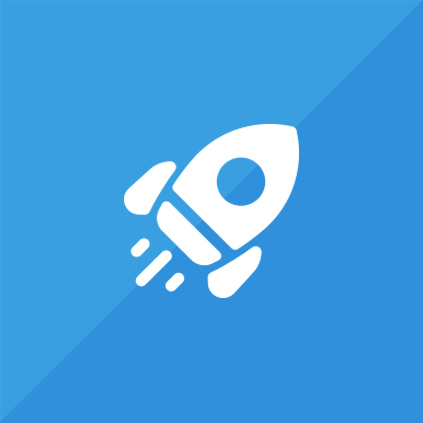
The four programs on quantum engineering, with initiatives such as the PhD secondments in private companies and the Innovation Board have created links with industry. The secondments allow the immersion of PhD students, even those working on fundamental aspects, for at least two months, in an industrial plant, a startup or a R&D lab. This has been very well appreciated by the students and helped them to orient their future carrier. The Innovation Board was a fruitful opportunity to gather academics and industrial partners and inform the PhD students of career opportunities in the private sector.
LANEF has also contributed to the creation of several spin-off companies: eight startups recently created in Grenoble are in the perimeter of healthcare and quantum technologies (Aryballe, Magia, Diamfab, Grapheal, Antaios, Hprobe, Silent-Waves and Siquance) with five have explicitly acknowledged the direct support of LANEF.
